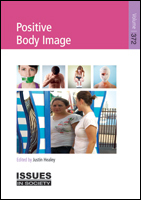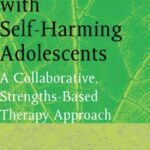Body image describes the perception that a person has of his or her physical appearance. Body image can be influenced by a complex interaction of factors ranging between a person’s individual thoughts, beliefs, feelings and behaviours regarding their own body, and their perception of what counts as the ideal body within their own social and cultural environment, and in the media. Disordered eating, body dysmorphic disorder, over-exercise and cosmetic surgery can all be manifestations of unhealthy body image. This book explains body dissatisfaction and eating issues, including eating disorders. The book also focuses on developing ways of improving body image, particularly in children and young people.
Contents:
Chapter 1: Body image and eating issues
- What is body image?
- Body image and health
- What is dysmorphic disorder?
- Body dysmorphic disorder puts ugly in the brain of the beholder
- What is eating disorder?
- Eating disorders: key research and statistics
- Explainer: anorexia and bulimia
- Eating disorders risk factors
- Body image and diets
- Cosmetic surgery
Chapter 2: Improving body image
- Body image worries plaguing young kids
- Body image and young people
- Teaching girls to prioritise function over form for better body image
- Boys aren’t immune to body image pressures – and never have been
- Body image and young children
- Body tips for parents
- Preventing bad body image in kids
- Voluntary industry code of conduct on body image
- Reining in advertisers to curb Australia’s body image distortion
- Psychological prevention and intervention
Includes Worksheets and activities; Fast facts; Glossary; Web links; Index





